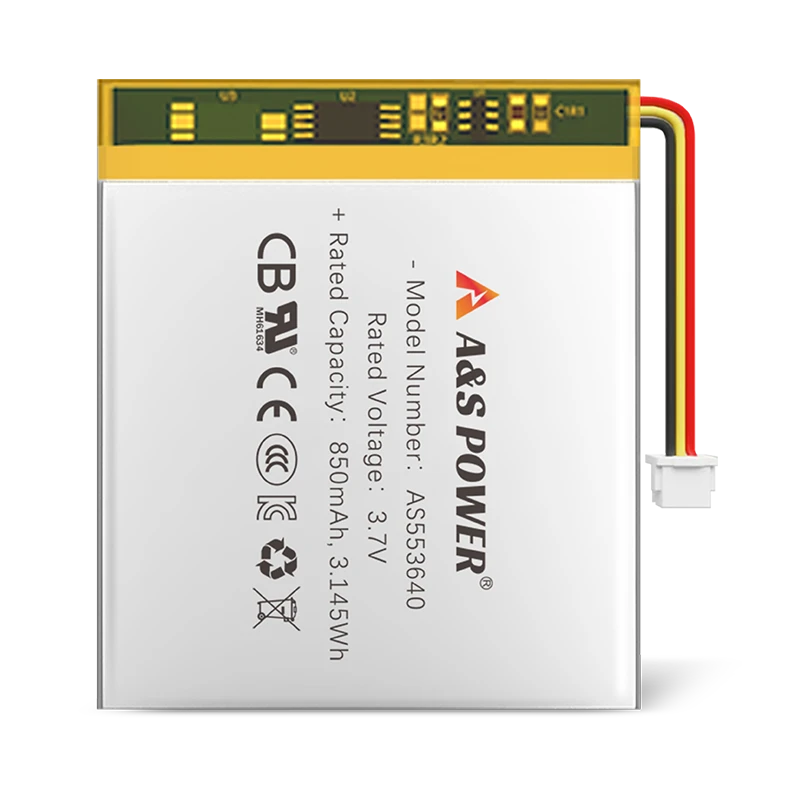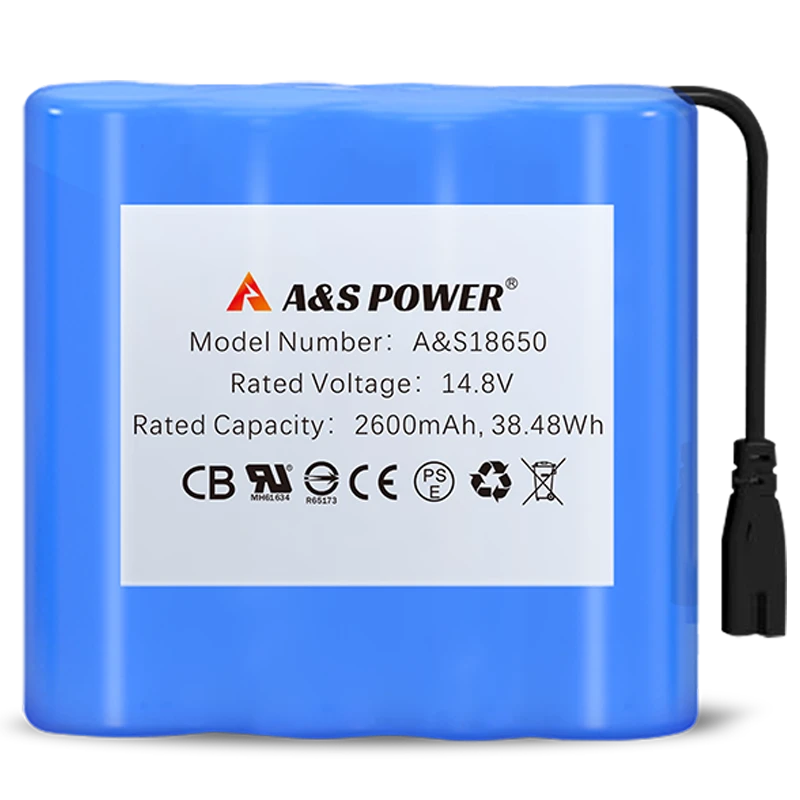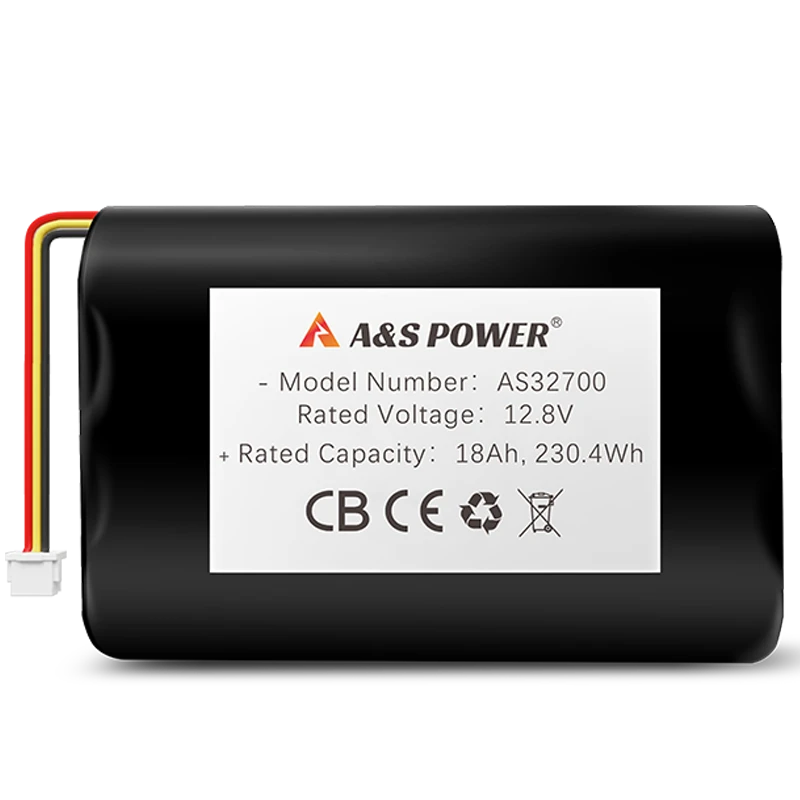The difference between lithium polymer battery and lithium battery
The Difference Between Lithium Polymer Battery and Lithium Battery
Introduction to Lithium-Based Power Sources
The evolution of portable power has been fundamentally shaped by the development of various lithium-based battery technologies, which now serve as the cornerstone for countless applications across the globe. Among these technologies, lithium polymer (LiPo) batteries and traditional lithium-ion (Li-ion) batteries represent two of the most prominent and widely utilized solutions, each offering distinct advantages and limitations that cater to specific market needs. While both types belong to the broader category of rechargeable lithium-based systems, they differ significantly in their chemical composition, structural design, performance characteristics, and ideal use cases, making the choice between them a critical decision for engineers, product designers, and procurement specialists. This comprehensive analysis will delve into the intricate details that separate these two power storage technologies, providing valuable insights for businesses seeking to optimize their product designs and for consumers aiming to make informed purchasing decisions based on technical merit rather than marketing claims. The global battery market continues to witness substantial growth, with projections indicating a compound annual growth rate of approximately 15-18% over the next decade, underscoring the importance of understanding these fundamental power source differences.
Fundamental Chemical and Structural Composition
Core Chemical Architectures
At the most basic level, both lithium polymer and lithium-ion batteries operate on similar electrochemical principles that involve the movement of lithium ions between positive and negative electrodes during charging and discharging cycles. However, the fundamental distinction arises from the electrolyte medium used in each system; traditional lithium-ion batteries typically employ a liquid electrolyte solution, which consists of lithium salts dissolved in an organic solvent, facilitating ion transfer between the anode and cathode. In contrast, lithium polymer batteries utilize either a solid polymer electrolyte or a highly viscous gel-like polymer electrolyte, which significantly reduces the risk of leakage and allows for greater flexibility in battery shape and form factor. This chemical divergence creates a cascade of performance differences that manifest in energy density, safety profiles, manufacturing complexity, and ultimately, the suitability for various applications across different industries and consumer products.
Physical Construction and Design Flexibility
The physical architecture of these battery systems further demonstrates their contrasting characteristics, with lithium-ion batteries typically featuring a rigid cylindrical or prismatic metal casing that contains the electrode rolls and liquid electrolyte, providing structural stability but limiting design adaptability. Lithium polymer batteries, by virtue of their semi-solid or polymer electrolyte, can be encapsulated in flexible, lightweight pouches that dramatically reduce the overall weight and volume while enabling custom shapes that conform to available space in electronic devices. This design flexibility has made LiPo batteries particularly attractive for ultra-thin smartphones, wearable technology, and radio-controlled devices where weight and form factor are critical considerations, whereas the robust construction of Li-ion batteries makes them better suited for applications requiring mechanical durability and thermal management, such as power tools and electric vehicles.
Performance Characteristics and Operational Parameters
Energy Density and Power Delivery
When evaluating energy storage capacity relative to size and weight, lithium polymer batteries generally offer higher energy density compared to their lithium-ion counterparts, typically providing 20-30% greater capacity in similarly sized packages, which translates to longer operational times for portable devices between charging cycles. However, this advantage comes with certain trade-offs in power delivery characteristics, as traditional lithium-ion batteries often demonstrate superior performance in high-drain applications, maintaining more stable voltage output under heavy load conditions, which is particularly important for power-intensive equipment like medical devices, professional photography equipment, and industrial tools. The discharge curves of these battery types also differ significantly, with LiPo batteries maintaining a relatively flat voltage throughout most of the discharge cycle before experiencing a rapid drop near depletion, while Li-ion batteries exhibit a more gradual and predictable voltage decline that simplifies remaining charge estimation in battery management systems.
Cycle Life and Long-Term Durability
The longevity of battery systems represents a crucial economic consideration for both manufacturers and end-users, with lithium-ion batteries traditionally offering a greater number of complete charge-discharge cycles before significant capacity degradation occurs, typically ranging between 500-1,500 cycles depending on chemistry and usage patterns. Lithium polymer batteries generally exhibit a shorter operational lifespan, averaging 300-800 cycles before capacity drops to 80% of original specification, though advanced formulations have been closing this gap in recent years through improved electrode materials and enhanced electrolyte stability. Environmental factors significantly impact the degradation rate of both battery types, with elevated temperatures accelerating chemical breakdown in LiPo batteries more noticeably than in Li-ion systems, while low-temperature performance favors lithium-ion chemistry, particularly in automotive and outdoor applications where operational reliability across temperature extremes is paramount.
Safety Considerations and Risk Mitigation
Thermal Stability and Failure Modes
Safety protocols represent a critical differentiator between these battery technologies, with lithium-ion batteries containing volatile liquid electrolytes that can pose significant fire risks if physically damaged, overcharged, or exposed to high temperatures, potentially leading to thermal runaway events characterized by rapid temperature increase, gas generation, and possible combustion. Lithium polymer batteries, with their semi-solid electrolyte, demonstrate reduced flammability and lower risk of catastrophic failure, though they remain susceptible to swelling, performance degradation, and in extreme cases, ignition when subjected to abusive conditions such as puncture, overvoltage, or short circuit scenarios. Both systems require sophisticated battery management electronics to monitor cell voltage, temperature, and current flow, but the implementation complexity varies based on the specific chemistry and application requirements, with multi-cell Li-ion packs necessitating more elaborate balancing systems to maintain operational safety throughout the charge cycle.
Manufacturing Quality and Standards Compliance
The manufacturing processes and quality control measures implemented during production significantly influence the safety profiles of both battery types, with lithium-ion batteries benefiting from decades of refinement in automated production lines that ensure consistent electrode coating, precise electrolyte filling, and reliable sealing mechanisms that minimize defect rates. Lithium polymer manufacturing, while increasingly automated, still faces challenges related to pouch seal integrity and electrolyte distribution uniformity, particularly in ultra-thin form factors where material consistency becomes more difficult to maintain across production batches. International safety standards such as UL 2054, IEC 62133, and UN 38.3 apply to both technologies, but certification processes differ in their emphasis on specific failure modes, with lithium-ion testing focusing more on containment of liquid electrolytes under pressure, while lithium polymer evaluations prioritize pouch integrity and mechanical stability under flexing conditions.
Application-Specific Implementation Scenarios
Consumer Electronics and Portable Devices
The consumer electronics sector has increasingly adopted lithium polymer batteries for smartphones, tablets, and laptops where slim form factors and lightweight design take precedence over absolute longevity, allowing manufacturers to create increasingly thinner devices without compromising battery capacity. Traditional lithium-ion batteries maintain strong positions in power banks, electric tools, and larger portable devices where the slightly reduced energy density is offset by lower production costs, proven reliability, and easier recyclability at end-of-life. The choice between technologies often comes down to design priorities, with product engineers selecting LiPo for space-constrained applications requiring custom shapes and Li-ion for cost-sensitive products where standardized cylindrical cells can be efficiently integrated into battery packs with established manufacturing processes.
Automotive and Transportation Applications
The electric vehicle industry presents a complex landscape for battery technology selection, with most major manufacturers initially adopting traditional lithium-ion chemistry in prismatic or cylindrical form factors due to its proven track record, predictable aging characteristics, and established supply chains for raw materials and production equipment. Recent advancements in lithium polymer technology have enabled its implementation in certain electric vehicle applications, particularly hybrids and plug-in hybrids where the higher power density and flexible form factors allow for more efficient packaging in space-constrained vehicle architectures. The table below illustrates the comparative adoption rates in various transportation sectors based on market analysis data from the past three years:
| Application Sector | Lithium-Ion Adoption | Lithium Polymer Adoption | Primary Determining Factor |
|---|---|---|---|
| Full Electric Vehicles | 85% | 15% | Thermal management requirements |
| Hybrid Electric Vehicles | 60% | 40% | Power density needs |
| Electric Buses | 95% | 5% | Cycle life expectations |
| Aerospace Systems | 30% | 70% | Weight sensitivity |
| Marine Propulsion | 90% | 10% | Safety certification |
Industrial and Medical Equipment
Critical applications in medical technology and industrial equipment often favor traditional lithium-ion batteries due to their demonstrated reliability over thousands of charge cycles, stable voltage output under varying load conditions, and well-characterized aging patterns that allow for predictive maintenance scheduling and replacement protocols. Lithium polymer batteries find specialized applications in portable medical devices where conformal shapes enable more ergonomic designs, particularly in wearable monitors and implantable devices where the absence of liquid electrolyte reduces potential biocompatibility concerns and allows for more flexible packaging approaches. The decision-making process for medical device manufacturers involves rigorous testing and certification procedures that may favor established lithium-ion technology despite the potential advantages of lithium polymer systems, creating a conservative adoption pattern that gradually evolves as additional safety data becomes available for newer LiPo formulations.
Environmental Impact and Sustainability Considerations
Recycling Processes and Material Recovery
The end-of-life management for both battery types presents significant environmental challenges, with lithium-ion batteries benefiting from more established recycling infrastructure that efficiently recovers valuable metals like cobalt, nickel, and copper through pyrometallurgical or hydrometallurgical processes. Lithium polymer batteries introduce additional complexities in recycling due to their laminated pouch construction and polymer electrolyte components, which require separation before valuable materials can be recovered, though emerging technologies show promise in automating this disassembly process. Both systems face ongoing challenges in achieving closed-loop recycling economics due to the costs associated with collection, transportation, and processing of spent batteries, necessitating continued innovation in direct recycling methods that preserve the electrode materials' crystal structure for reuse in new batteries without complete breakdown to raw materials.
Carbon Footprint and Lifecycle Assessment
Comprehensive lifecycle assessments reveal nuanced environmental profiles for these technologies, with lithium-ion batteries generally exhibiting lower production energy requirements per kilowatt-hour capacity due to streamlined manufacturing processes and higher production volumes that achieve manufacturing efficiencies. Lithium polymer batteries often show advantages in use-phase efficiency due to their lighter weight, particularly in mobile applications where reduced mass translates to lower energy consumption during operation, though this benefit must be weighed against potentially shorter service life that necessitates more frequent replacement. The overall environmental impact of either technology heavily depends on the energy mix used in production facilities, with batteries manufactured using renewable energy sources demonstrating significantly reduced carbon footprints regardless of chemistry, highlighting the importance of clean manufacturing processes rather than fundamental chemical differences.
Future Development Trajectories and Emerging Technologies
Solid-State Battery Evolution
The ongoing development of solid-state battery technology represents a convergence path for both lithium-ion and lithium polymer systems, with research efforts focusing on replacing liquid electrolytes with solid alternatives that offer improved safety characteristics while maintaining high energy density. Current prototypes demonstrate promising results with ceramic, polymer, and composite electrolytes that potentially overcome the limitations of both existing technologies, though manufacturing challenges related to interface stability and production scalability remain significant hurdles to commercial viability. Industry analysts project that these advanced solid-state systems will begin reaching consumer markets within the next 3-5 years, initially in premium applications where safety and energy density justify higher production costs before trickling down to mass-market devices as manufacturing processes mature and economies of scale develop.
Material Science Innovations and Performance Enhancements
Ongoing research in electrode materials and electrolyte formulations continues to push the performance boundaries of both battery technologies, with silicon-anode designs, lithium-metal cathodes, and advanced electrolyte additives showing particular promise in enhancing energy density, cycle life, and charging speed. These innovations gradually blur the distinction between traditional lithium-ion and lithium polymer systems as manufacturers incorporate successful developments from both fields into hybrid approaches that leverage the advantages of each technology while mitigating their respective limitations. The future battery landscape will likely feature a more diverse array of specialized chemistries tailored to specific application requirements rather than a binary choice between these two established technologies, with performance parameters increasingly determined by material advancements rather than fundamental architectural differences.
-

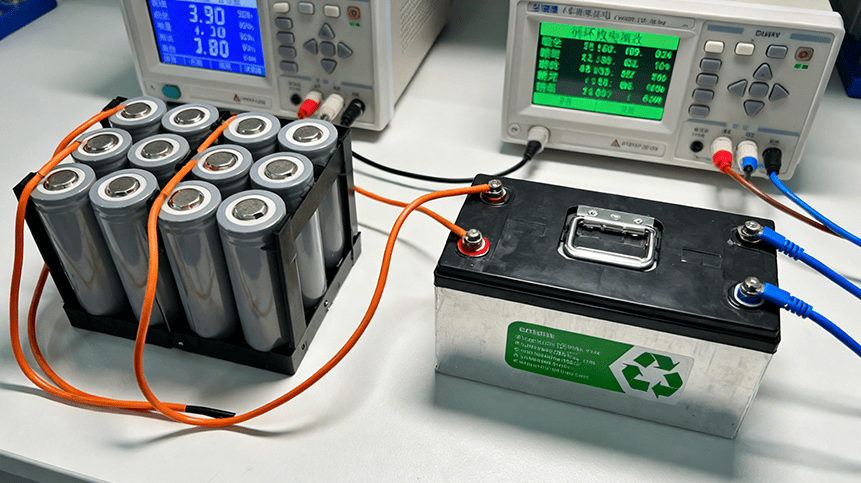 May.2025.11.24Ternary Lithium Battery vs Lithium-ion: Complete Comparison Guide (2025 Edition)Learn More
May.2025.11.24Ternary Lithium Battery vs Lithium-ion: Complete Comparison Guide (2025 Edition)Learn More -

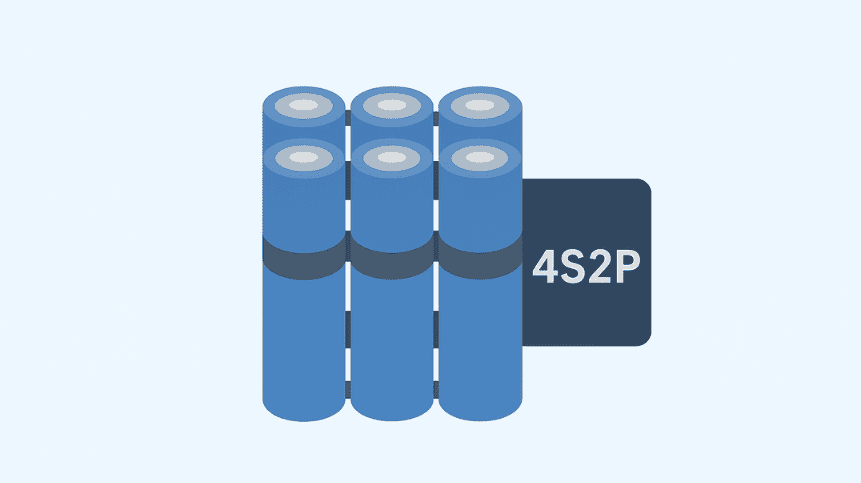 May.2025.11.214S2P 18650 14.8V Battery: Complete Technical Guide, Specs, Applications & SafetyLearn More
May.2025.11.214S2P 18650 14.8V Battery: Complete Technical Guide, Specs, Applications & SafetyLearn More -

 May.2025.11.18PCM vs BMS in Lithium Batteries: What’s the Difference and Which One Do You Need?Learn More
May.2025.11.18PCM vs BMS in Lithium Batteries: What’s the Difference and Which One Do You Need?Learn More -

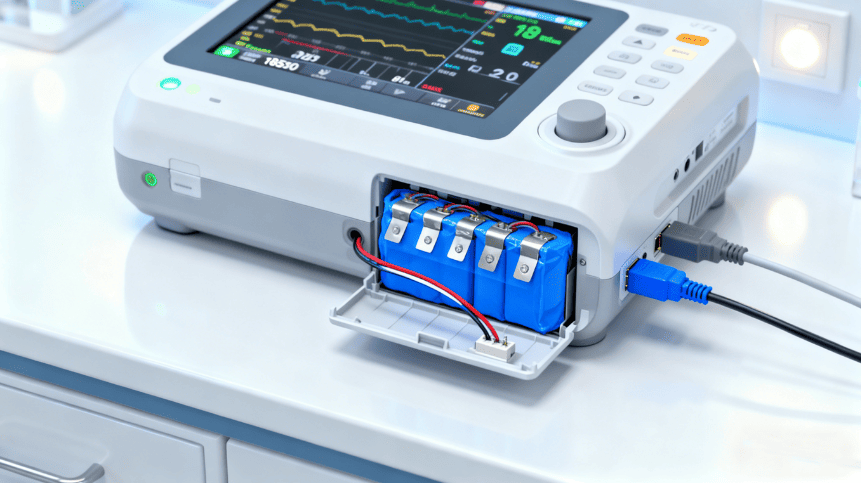 May.2025.11.17Custom Li-ion Battery Design for Medical Devices (2025 Comprehensive Guide)Learn More
May.2025.11.17Custom Li-ion Battery Design for Medical Devices (2025 Comprehensive Guide)Learn More -

 May.2025.11.17The Future of Lithium-Ion Batteries: Innovation, Sustainability, and Global Market TrendsLearn More
May.2025.11.17The Future of Lithium-Ion Batteries: Innovation, Sustainability, and Global Market TrendsLearn More




